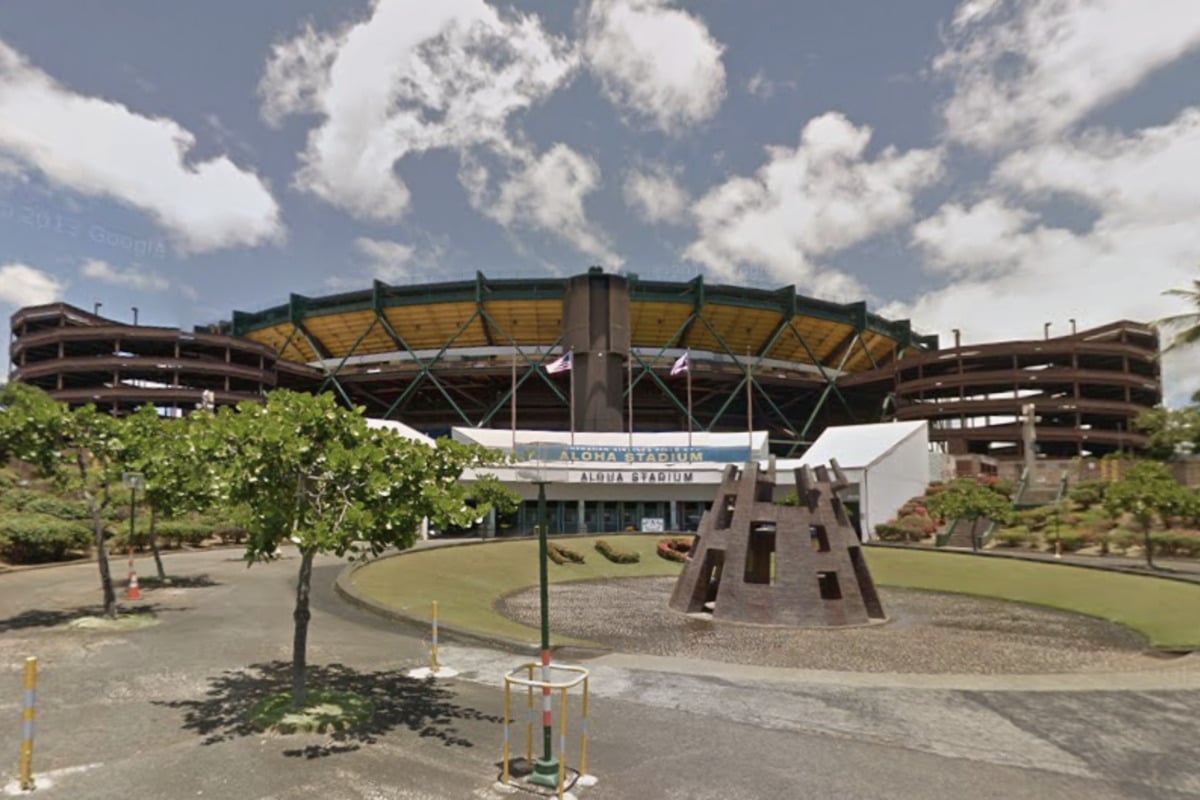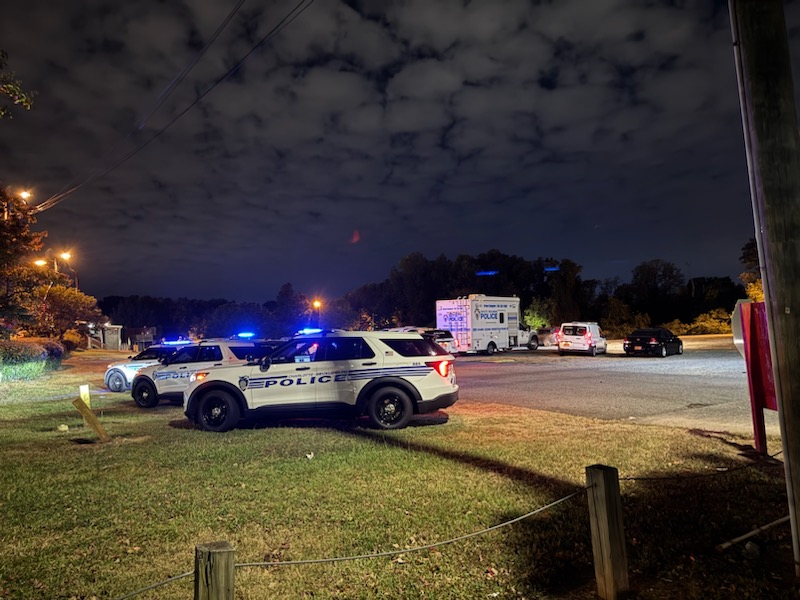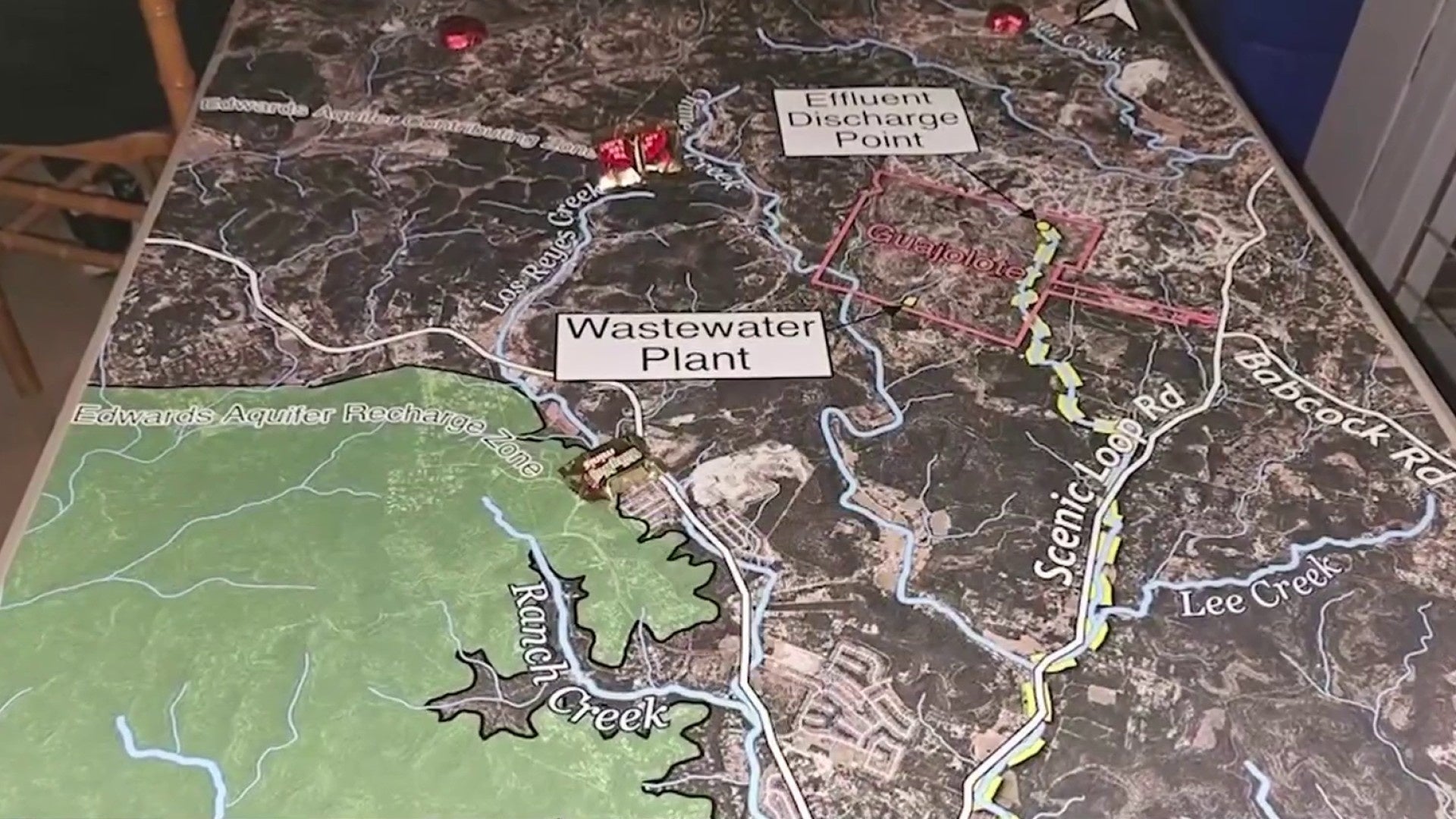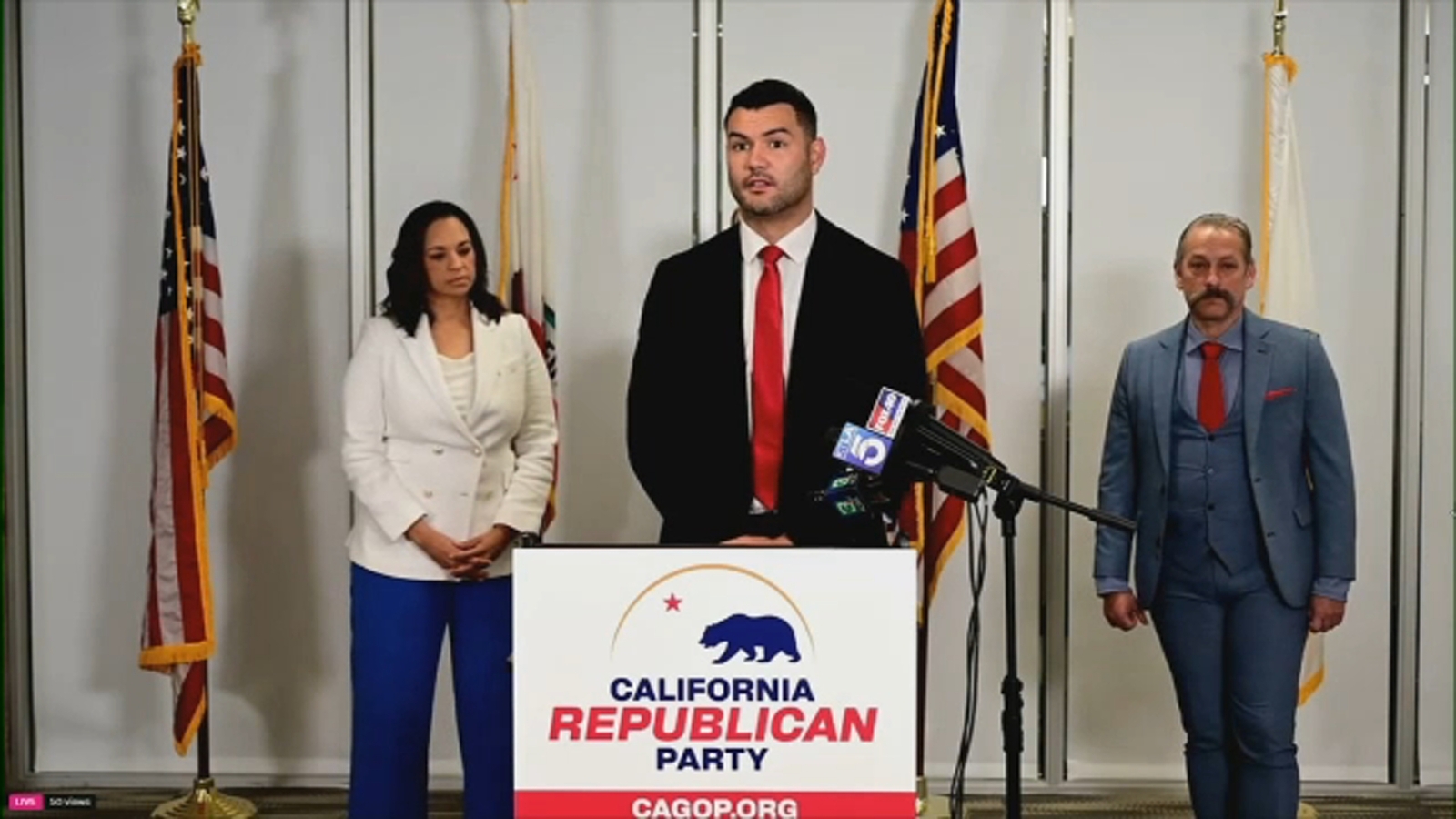UPDATE: Hawaii’s Stadium Authority is poised to make significant changes at Aloha Stadium, moving swiftly towards demolition and redevelopment. The board is set to establish a permanent leadership structure, introducing two crucial roles: an executive director and a development manager, as the New Aloha Stadium Entertainment District (NASED) project accelerates.
During its monthly meeting, the Stadium Authority will finalize the creation of these positions, which are essential for guiding the strategic redevelopment of the stadium rather than managing day-to-day operations, according to the Honolulu Star-Advertiser. Interim manager Chris Sadayasu stated, “There would be no need for a state stadium manager but there would be for an executive director to shepherd development of NASED,” emphasizing the need for strong leadership as the project progresses.
WHY THIS MATTERS NOW: The establishment of these roles is critical as Hawaii prepares for a massive transformation of Aloha Stadium, with a budget of approximately $350 million allocated for the new venue. The urgency is palpable as the Stadium Authority aims to ensure taxpayer interests are safeguarded while overseeing the redevelopment process.
WHAT’S NEXT: The executive director will serve as the primary contact for all matters related to NASED, focusing on long-term planning and stakeholder coordination. Meanwhile, the development manager will oversee real estate entitlements and contracts, ensuring smooth collaboration with the private developer team, Aloha Hālawa District Partners (AHDP).
The construction phase is expected to begin soon, with demolition of the aging stadium projected to take about one year, followed by construction estimated at two and a half years. The goal is to have the new stadium operational by 2029, marking a significant milestone for the community.
BACKGROUND: With the redevelopment spanning over two decades, the Stadium Authority emphasizes the importance of strategic leadership to manage the complexities of the project. Plans include a mix of hotels, retail spaces, entertainment venues, and thousands of housing units, addressing both community needs and market demands.
As the board refines job descriptions and hiring processes, interim manager Chris Sadayasu is expected to facilitate the transition to permanent leadership. This shakeup is not just administrative; it underscores the commitment to revitalizing Aloha Stadium and the surrounding district, promising a new era for Hawaii’s sports and entertainment landscape.
Stay tuned for more updates as developments unfold and the board moves closer to launching this transformative project.






